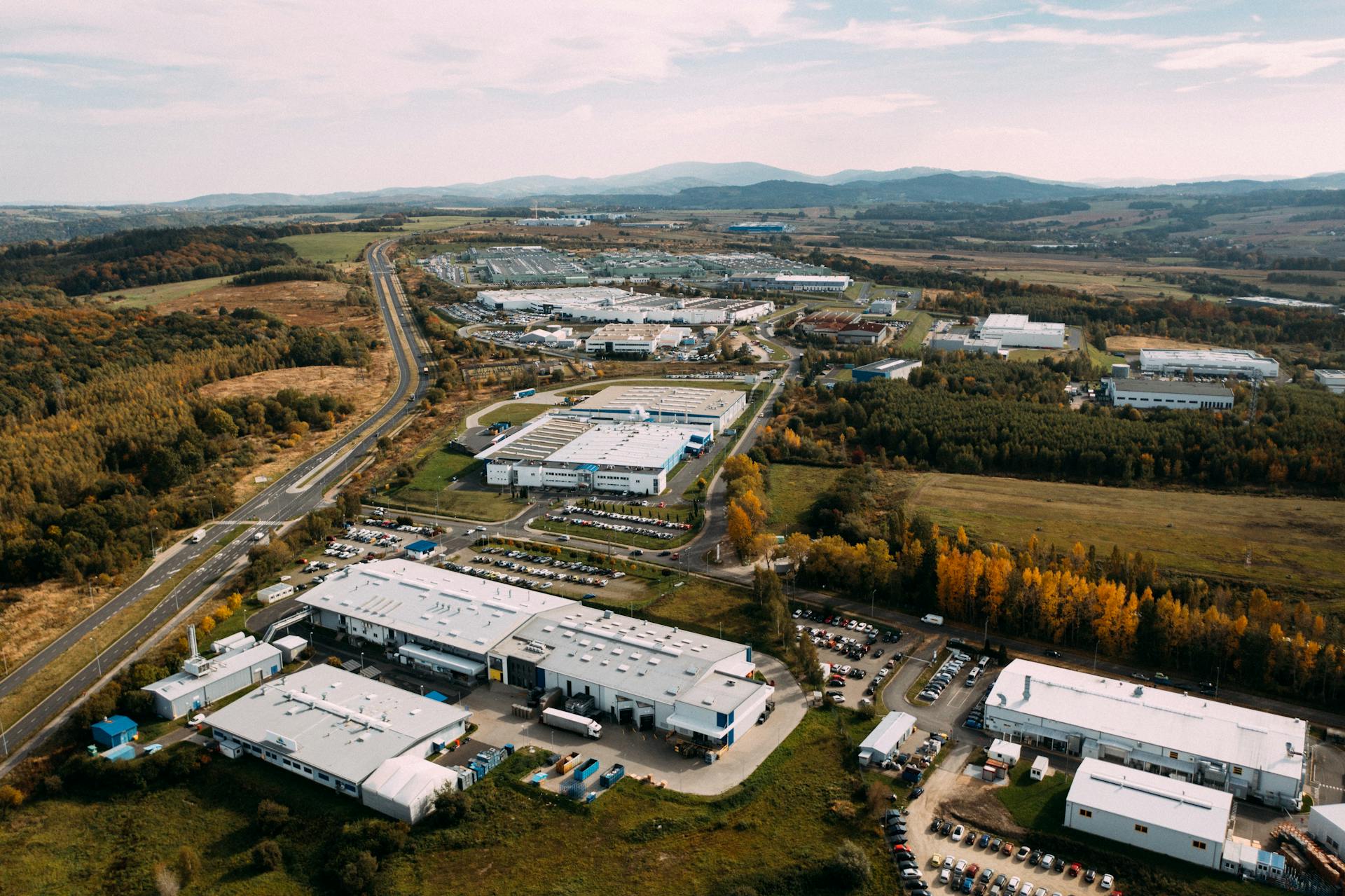Poland enters the run-up to EMO Hannover 2025 as one of Europe’s most resilient growth stories—an economy that has quietly moved from catch-up to capability, and from low-cost manufacturing to a diversified, technology-intensive industrial base. After two decades of outpacing the EU average, Poland has narrowed the income gap with Western Europe and embedded itself deeply in the continent’s supply chains. For machine builders, automation providers and manufacturing leaders gathering in Hanover this September, Poland’s trajectory translates directly into demand for advanced equipment, software and services.
Manufacturing remains a defining strength. Industry accounts for a high share of Polish value added compared to the EU average, underpinned by a broad base—automotive, white goods, aerospace components, food processing, defense technologies, and a fast-growing battery and electronics ecosystem. The country is a clear beneficiary of European nearshoring: German and other EU manufacturers have shortened supply lines since the pandemic, and Poland’s logistics, engineering talent and supplier depth have made it a preferred production and R&D location.
Several structural shifts are reinforcing that trend. In automotive, Poland has become a core node in Europe’s electric transition: Stellantis’s Tychy plant is producing new-generation compact models, LG Energy Solution operates one of Europe’s largest EV battery facilities near Wrocław, and Northvolt’s systems plant in Gdańsk supports energy storage. In semiconductors, Intel’s advanced packaging and test facility near Wrocław—announced in 2023 and now progressing through build-out—signals a step-up in tech sophistication and supplier opportunities. Meanwhile, the defense sector has expanded capacity and capabilities alongside Poland’s heightened security posture, catalyzing investment in precision machining, materials and systems integration.
Infrastructure has kept pace. The Port of Gdańsk has emerged as the Baltic’s leading container hub, with new capacity enabling greater volumes of Asian and intra-European trade to move directly through Poland. Road and rail corridors across Central Europe have been upgraded, tightening just-in-time networks that manufacturers rely on. On energy, Poland is diversifying from coal with rapid renewables growth, planned offshore wind in the Baltic Sea, and preparations for its first large-scale nuclear power plant—steps aimed at stabilizing costs and decarbonizing industry over the medium term.
The macro backdrop is broadly supportive. Inflation, which spiked in 2022–2023, has eased markedly from its peak, and monetary policy remains cautious by recent standards. Unemployment is among the lowest in the EU, while an expanded labor force—including many Ukrainian refugees—has helped sustain capacity despite demographic headwinds. Crucially, EU cohesion funds and recovery-fund disbursements have resumed, with money flowing into digitalization, green upgrades, transport and skills—areas that directly raise the ceiling for industrial productivity.
For EMO visitors and exhibitors, this adds up to concrete opportunity. Polish manufacturers are scaling and automating: demand is rising for multi-axis CNC centers, high-speed cutting, precision metrology, industrial software (MES/PLM/APS), robotics and cobots, AMRs for intralogistics, and additive manufacturing for tooling and short runs. Tier-1 and Tier-2 suppliers are moving up the value chain, requiring tighter process control, higher repeatability, and integrated data solutions. German–Polish industrial ties, already at record trade levels in recent years, continue to deepen; many Mittelstand firms now see their Polish operations not just as capacity extensions but as sites for engineering and product launches.
Risks are not absent. Energy transition costs, tight labor markets, and proximity to the war in Ukraine demand prudent planning. Execution capacity—permitting, grid connections, specialized skills—will determine how fast pipeline projects convert into output. Yet the direction of travel remains clear: Poland has consolidated its position as a reliable, cost-competitive and increasingly innovative industrial partner within the EU.
As EMO Hannover 2025 convenes the global machine tool and manufacturing community, expect Poland’s presence to be both broad and ambitious: buyers seeking productivity upgrades and resilience, suppliers hunting for partners in one of Europe’s liveliest manufacturing ecosystems, and ecosystem players aligning around digital and green manufacturing. The headline is no longer just rapid growth—it is capability, scale, and staying power.
Title photo by Marcin Jozwiak
> Here is one of the places where the issuer of a news item is branded.
> Tap buttons or logos to be redirected to the issuers profiles or pages.




